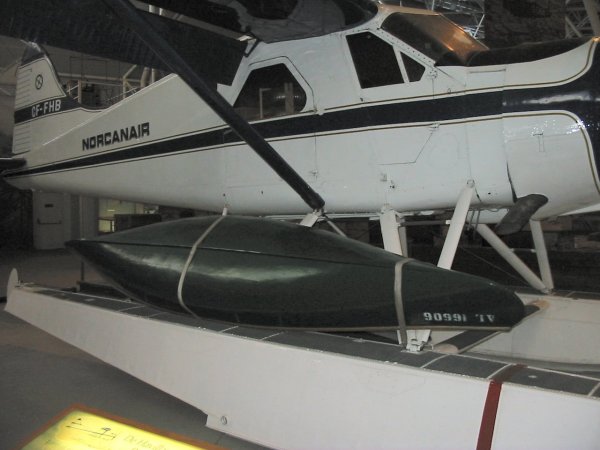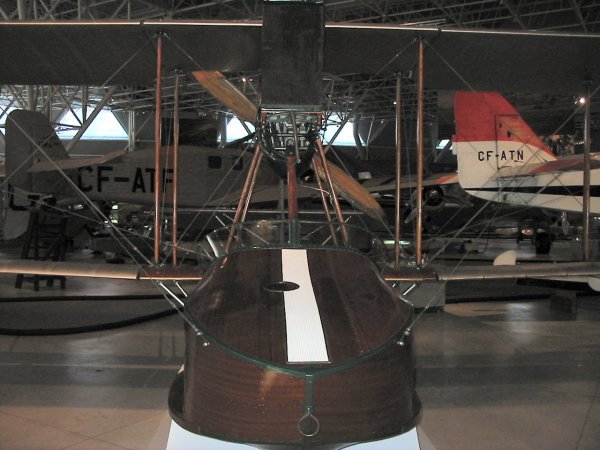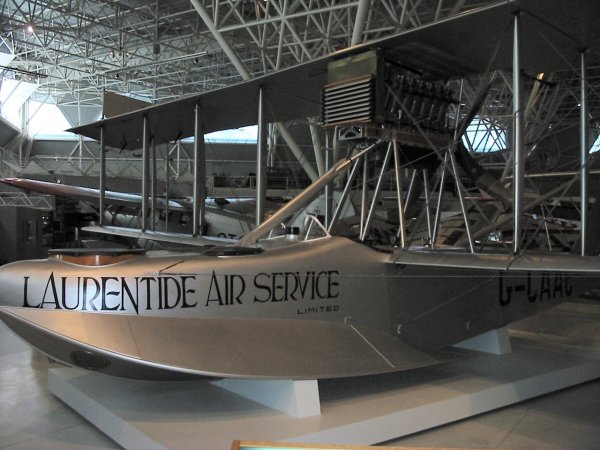January 7, 2005 - Ottawa
Canada Aviation Museum
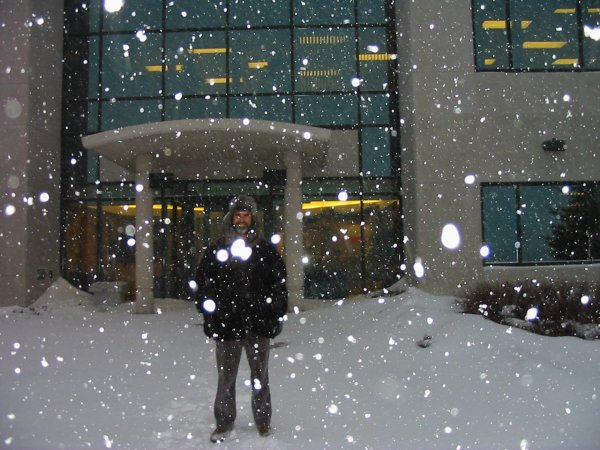
Believe it or not, this is the day after the snowstorm. The
building is the Canadian Aviation Museum. It is a beautiful
facility, clean and modern. I'd call it medium size -- not as big
as the U.S. Air Force Museum or EAA Museum, but bigger than the San
Diego Aerospace museum or College Park museum. They have an
excellent collection of aircraft.
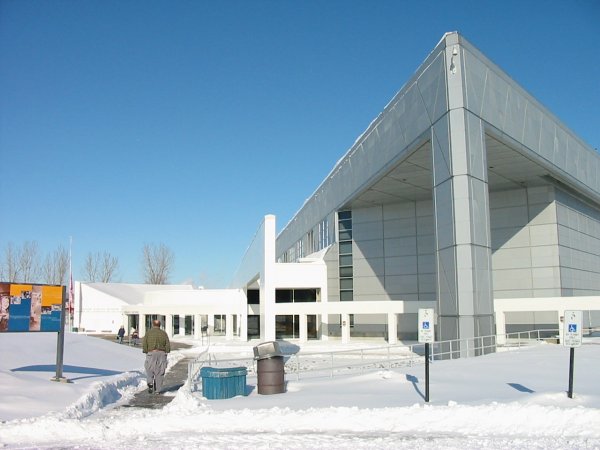
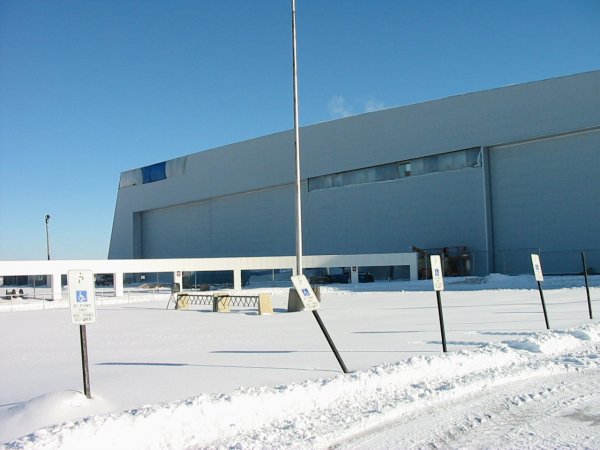
This is an ME-109 F. I've seen a Gustav in the Smithsonian but
this is the first Foxtrot I've ever seen. I've never seen a 109
fly. Love to see one at Oshkosh.
Behind the 109 is a massive Lancaster bomber, the primary British
bomber in their night bombing campaign against Germany in World War II.
It was powered by four Merlin engines and could carry something like
14,000 pounds of bombs.
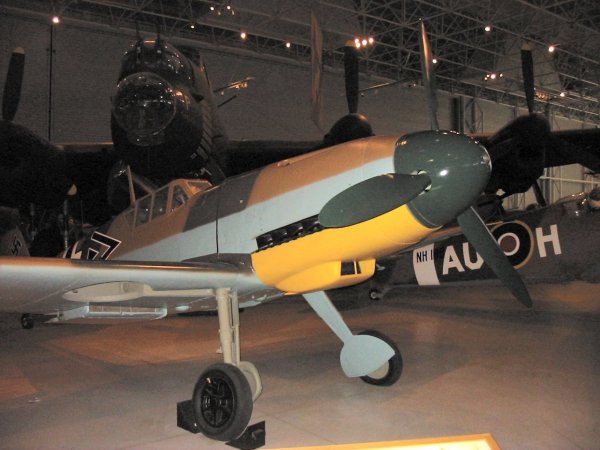
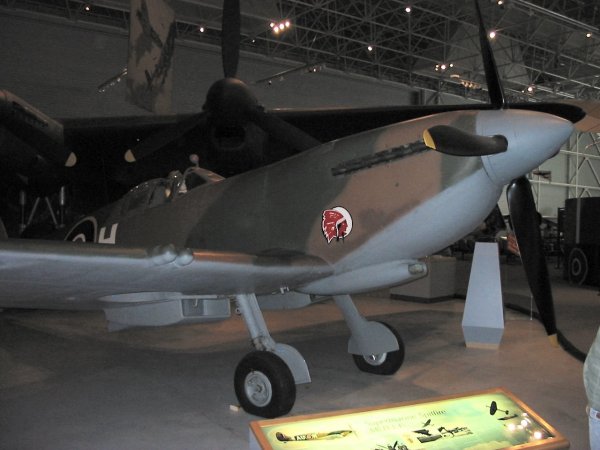
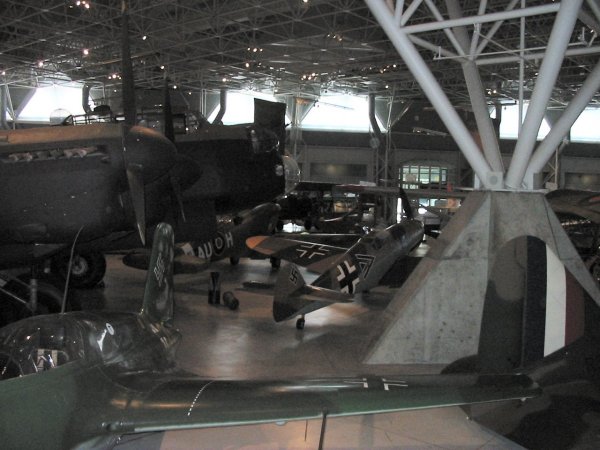
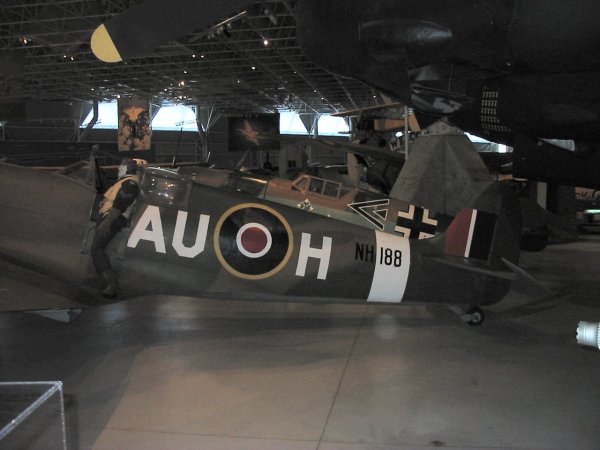
This is a Fairley Swordfish, nickname "Stringbag". As you can see,
it is a biplane that actually flew combat in World War II. It was
the Royal Navy's carrier torpedo bomber that sank a few Italian
battleships at Taranto harbor. It was a Swordfish that torpedoed
the battleship Bismarck, disabling its rudder, allowing Royal Navy
warship to catch up and sink her.
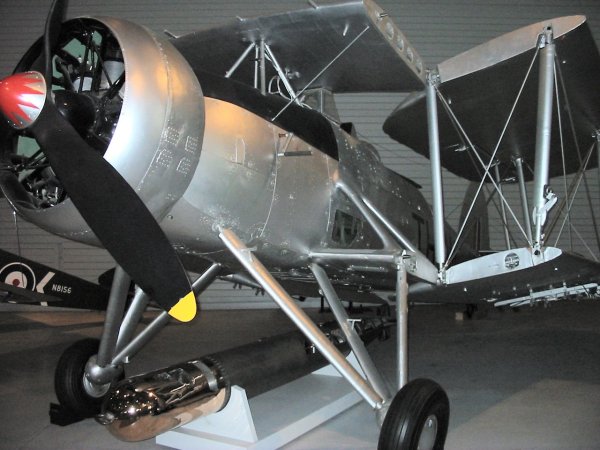
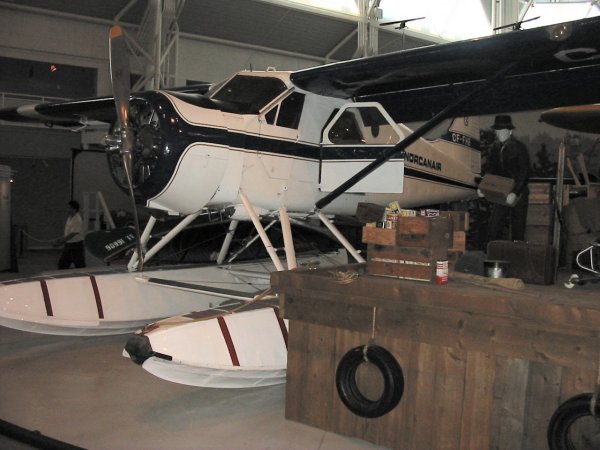
Notice the canoe strapped to the Beaver's right float struts!
